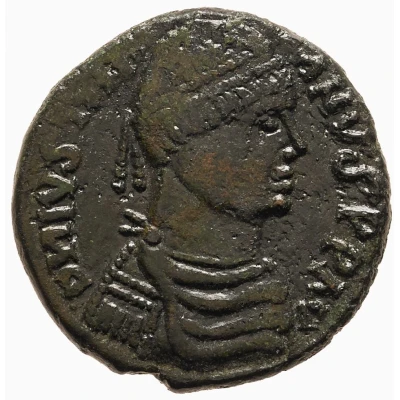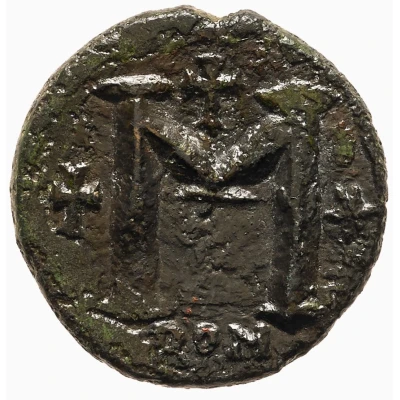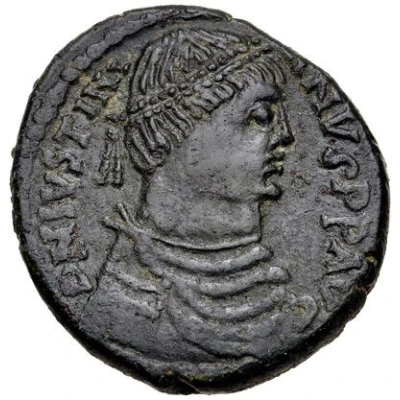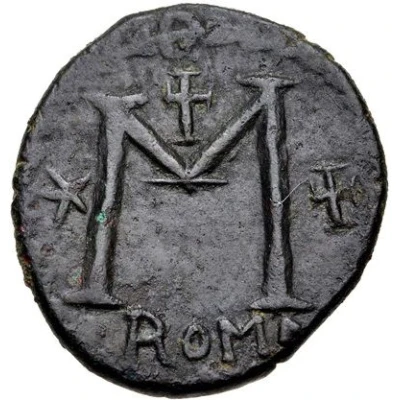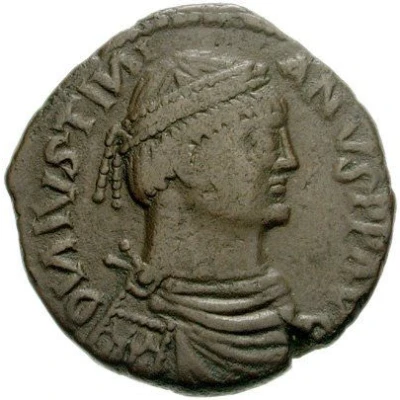


© Classical Numismatic Group, Inc.
40 Nummi - Justinian I Rome; ✶M✶ A ND
| Copper | 11 g | 29 mm |
| Issuer | Byzantine Empire (Byzantine states) |
|---|---|
| Emperor | Justinian I (527-565) |
| Type | Standard circulation coin |
| Years | 539-565 |
| Value | 1 Follis = 40 Nummi (1⁄180) |
| Currency | First Solidus Nomisma (498-720) |
| Composition | Copper |
| Weight | 11 g |
| Diameter | 29 mm |
| Shape | Round (irregular) |
| Technique | Hammered |
| Orientation | Variable alignment ↺ |
| Demonetized | Yes |
| Updated | 2024-10-04 |
| Numista | N#304638 |
|---|---|
| Rarity index | 100% |
Reverse
Large M between two stars, cross above, A beneath, ROMA in exergue, all within wreath.
Scripts: Greek, Latin
Lettering:
☩
✶M✶
A
ROMA
Translation:
M : "40" nummi (= 1 follis).
ROMA : "Rome".
Interesting fact
One interesting fact about the 40 Nummi coin of Justinian I is that it was issued during a time of significant economic and political change in the Byzantine Empire. The coin was minted during the reign of Justinian I, who ruled from 539 to 565 AD, a period known for its military campaigns, religious conflicts, and economic reforms. The coin's design, featuring the emperor's image and the inscription "✶M✶ A" (which stands for "Magna A" or "Great A"), reflects the empire's shift towards a more centralized and autocratic government. Additionally, the use of copper as the coin's material suggests that the empire was experiencing economic difficulties and had to resort to using cheaper materials for its currency. Overall, the 40 Nummi coin of Justinian I offers a glimpse into the complex history of the Byzantine Empire during a time of significant change and upheaval.
